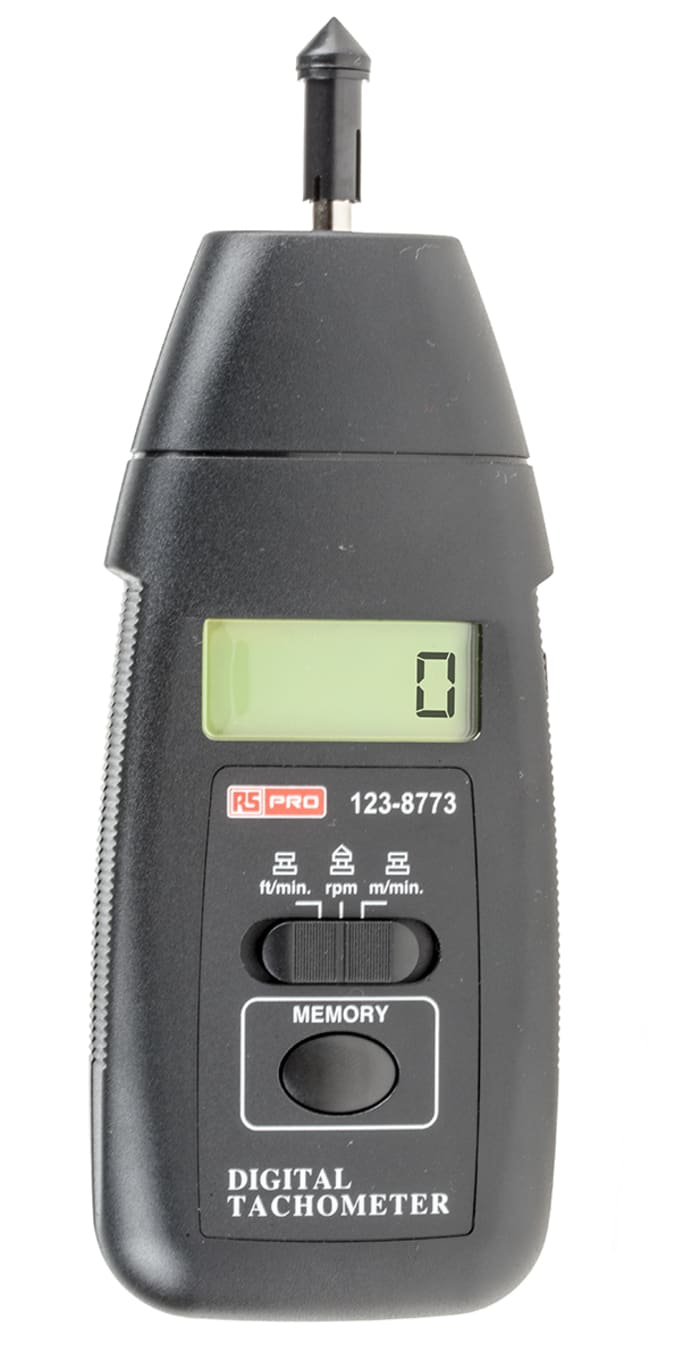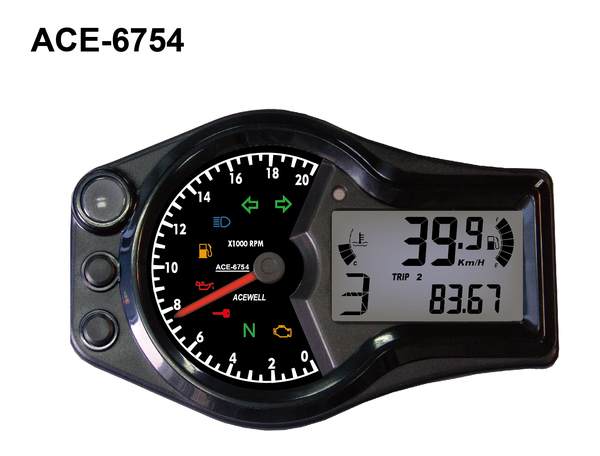Leading Reasons Why Every Vehicle Driver Requirements a High-Quality Tachometer
Leading Reasons Why Every Vehicle Driver Requirements a High-Quality Tachometer
Blog Article
Unlocking the Tricks of Tachometers: Everything You Need to Understand About This Vital Instrument in Your Automobile
Recognizing the complexities of tachometers can offer beneficial insights into your automobile's efficiency and upkeep demands. From determining engine rate to analyzing the data it provides, tachometers act as an essential tool for lorry proprietors and fanatics alike. By unraveling the mysteries behind this important instrument, you can open a wealth of details that can enhance your driving experience and guarantee the longevity of your vehicle.
Value of Tachometers
The value of tachometers lies in their ability to provide crucial real-time information about an engine's rotational speed, permitting for specific tracking and upkeep of equipment. By measuring the transformations per min (RPM) of an engine's crankshaft, tachometers offer useful insights right into the engine's efficiency - tachometer. This data is essential for making sure that the engine operates within its optimum variety, preventing prospective damage from over-revving or underperforming
Tachometers play an important function in assisting drivers and professionals find any kind of abnormalities in the engine's speed, which can suggest issues such as fuel ineffectiveness, mechanical issues, or excessive stress on the engine. By quickly determining these problems with tachometer readings, maintenance can be carried out proactively, stopping pricey repairs and downtime in the future.
Additionally, tachometers are specifically crucial in high-performance vehicles and machinery, where specific control over engine speed is necessary for optimal operation. Competing automobiles, aircraft, and industrial tools depend on tachometers to deliver peak efficiency while keeping security criteria. Basically, tachometers are not simply tools for measuring speed yet indispensable devices for making sure the smooth and effective procedure of engines across different applications.
Exactly How Tachometers Procedure Engine Speed
Utilizing sensors that spot the frequency of electric pulses created by the engine's ignition system, tachometers precisely measure the rotational speed of an engine. By keeping an eye on the rate at which these pulses are gotten, tachometers supply real-time comments on exactly how quickly the engine's crankshaft is rotating per min, typically referred to as changes per minute (RPM)
The tachometer's sensing unit, commonly connected to the engine's ignition coil or spark plug cables, gets the electric signals produced each time a cyndrical tube fires. These signals are then exchanged RPM analyses presented on the gauge or tool collection within the chauffeur's view. Tachometers can be analog or digital, with modern cars typically featuring electronic displays for precise and immediate RPM readings.
This details is crucial for chauffeurs to comprehend the engine's performance, stop over-revving, maximize gear moving, and make sure reliable fuel consumption. By properly gauging engine rate, tachometers play an important role in helping chauffeurs run their automobiles safely and effectively.
Analyzing Tachometer Analyses
Having a clear understanding of just how tachometers measure engine speed sets the structure for effectively interpreting the RPM readings displayed. Translating tachometer analyses is vital for optimal automobile performance and engine wellness. RPM (Transformations Per Minute) analyses on the tachometer show the speed at which the engine's crankshaft is revolving. When the engine is idling, the tachometer needle normally relaxes around 600-1000 RPM, relying on the lorry. As you increase, the RPM will enhance, mirroring the engine's greater rotational speed. When moving equipments in a manual transmission automobile, the RPM will certainly go down as you engage the clutch and adjustment gears, then rise again as you accelerate in the brand-new gear. Monitoring the tachometer can assist you figure out the most efficient shifting factors to maximize fuel economy and engine power. Furthermore, unusual fluctuations or constantly high RPM analyses might indicate possible issues with the engine that might require expert focus. By taking notice of the tachometer analyses and understanding exactly how to translate them, you can ensure your car runs efficiently and successfully.


Tips for Utilizing Tachometers Efficiently
To enhance driving performance and optimize engine performance, what secret approaches can be applied for efficiently using tachometers? Tachometers are critical devices that give real-time comments on engine rate, making it possible for vehicle drivers to make informed decisions for far better performance - tachometer. Right here are some ideas for using tachometers efficiently:
Comprehending Optimal RPM Array: Acquaint yourself with the optimum RPM (Transformations Per Min) range for your vehicle. Keeping the engine within this array can enhance fuel performance and prolong the engine's life-span.
Changing Gears at the Right Time: Use the tachometer to establish the ideal time to change gears. Upshifting prematurely or far too late can lead to lowered efficiency and efficiency. Goal to shift equipments when the RPM gets to the ideal range for the following gear.
Keeping Track Of Engine Anxiety: High RPMs for prolonged durations can stress the engine. Maintain an eye on the tachometer to avoid over-revving, particularly throughout velocity or when lugging hefty my website loads.
Tachometers and Lorry Maintenance
When thinking about vehicle maintenance, tachometers play a crucial duty in monitoring engine efficiency and finding possible concerns. Tachometers give necessary information on engine rate, permitting vehicle drivers and technicians to make certain that the engine is operating within the suggested RPM range. On a regular basis keeping an eye on the tachometer analyses can assist identify learn this here now troubles such as engine misfires, damaged ignition system, or concerns with the gas shipment system. By paying interest to the tachometer, motorists can protect against too much stress on the engine, which can result in pricey repair services down the line.
In addition to spotting prospective issues, tachometers can also aid in optimizing gas efficiency. By keeping the engine rate within the optimum variety, chauffeurs can enhance their gas mileage and minimize gas usage. This not just profits the vehicle driver's pocketbook yet also contributes to environmental conservation by lowering harmful discharges.
Verdict

Report this page